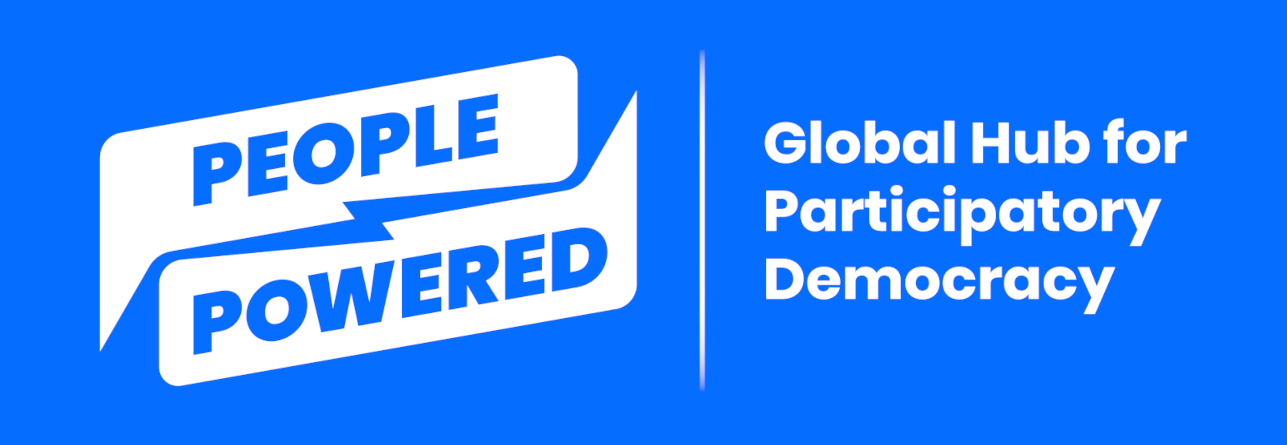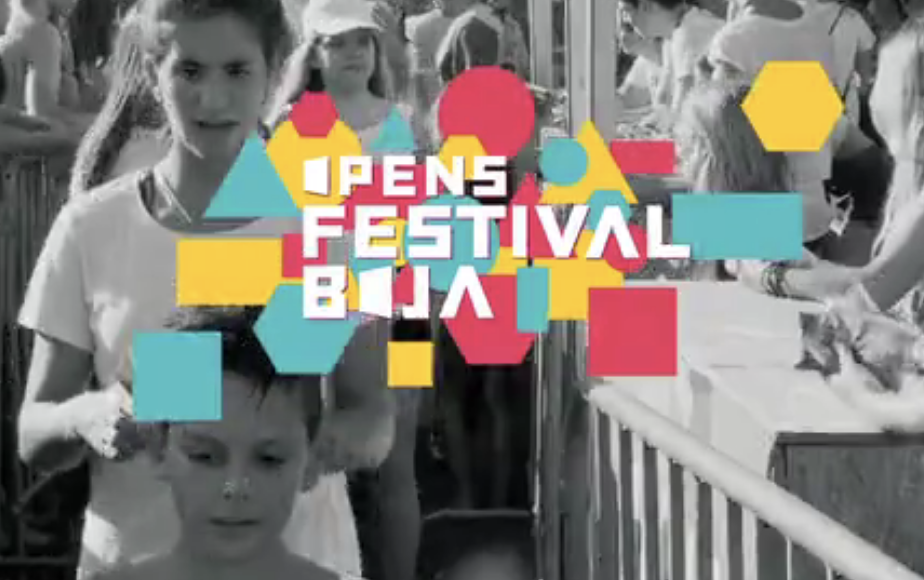Serbian NGO promotes youth participation through participatory budgeting
/One of the more than 70 members of People Powered is OPENS, a youth-focused NGO in Serbia. OPENS is also one of the partner organizations in the People Powered program Building Inclusive Democracy.
Here is a lightly edited account of our interview (conducted by Pam Bailey, People Powered communications director) with Aleksandra Ilijin, senior program associate for OPENS.
Aleksandra Ilijin facilitating a workshop for young people (credit: V.Velickovic)
How would you describe the state of democracy in Serbia?
We’ve had 22 years of elective democracy, which is still young. And it's still fragile. We have a strong, socialist background, and some people still argue against democracy. And we still have elections that are not 100% abuse-free. But at the local level, it’s better. In Novi Sad (our second-largest city), for example, we have a variety of mechanisms to promote participation. Every process in the city has an obligation to get citizen feedback, through which residents can explain why they're for or against something. I'm not sure, though, how much people actually use those mechanisms. We as citizens wonder if [officials] are sincere or if the processes are just words on paper.
I know you’re trying to change that. Why does OPENS focus on youth?
We believe that the earlier you start working to instill these values, the more likely they are to be incorporated into your lifestyle. So, in 2016, the city of Novi Sad decided to bid for the title of European Youth Capital. We came together and proposed a program with 47 activities, and we won. We now run Serbia’s first official youth center, and youth participation in civic life continues to be a primary theme. For example, we initiated a local youth council, through which young people and representatives of youth organizations counsel the mayor. We are always advocating when anything is going on in the city, saying that young people’s voices should be consulted.
Watch: Highlights from the Youth Capital festival
Another major way we engage young people in decision-making is through participatory budgeting (PB).
Is PB common in Serbia?
No, not when we started exploring it in 2018. We looked online for information. Then we went to Romania for a training course, and there we met someone who told us about the Participatory Budgeting Project (PBP). We attended one of its conferences in the United States, and that's where we got to know all the people in the field and really realized what PB is.
One of the most important things we were told early on is that people have lots of great ideas to contribute, but if you realize later that they cannot be done and don’t follow through, they’ll lose trust and interest. Then you'll become just one of the many programs and projects that are just for show. So, we knew we needed to start small and slow. That’s why we decided to focus on PB in the schools. But it turned out to be not so small! Eleven of our city’s 16 high schools signed up and 15,000 students participated in some active way — creating project proposals, advocating, voting, then developing them. We’d never had anything to attract participants at that scale. Usually, we might attract 100 or so young people and that's about it.
We’re now in our fifth cycle of school PB. It’s been so successful that this year, when we participated with the government in the development of a national youth strategy, we included PB as a way to ensure active participation by youth on the local level. That’s because one of the priorities the group identified is public participation by young people. (The other priority areas are mental health, the development of youth work as a profession and the creation of more youth-focused facilities.)
We hope that when the strategy is adopted, and it should be sometime in the autumn, we will serve as an example for other local PBs.
Participants in a school PB project (credit: V.Velickovic).
To what extent does the government support school PB?
The city dedicates 20 million dinars (about $180,000 USD) to the youth action plan and around 60 million dinars for the youth center and programming administered by OPENS ($536,000). In addition, 100,000 dinars is allocated for the PB proposal selected by each participating school.
The way it works is that each school has its own mini process, held simultaneously, and the students focus on creating projects that will improve everyday life in their own community. Students are also told that each project selected must be sustainable. It's the role of the young people to make sure that whatever is created lives on for the next generation.
Was it challenging to engage the schools and students, then maintain their commitment through COVID?
In the beginning, when we first introduced PB, it was new to everyone, including ourselves. So, we had to build interest. We went into the schools every day, organized a fair, etc. We told the students that this is about you, the school staff cannot vote; they won’t even be present. And then they totally got into it.
Meeting at the OPENS youth center (credit: V.Velickovic)
During COVID, however, everything had to be online, and we went from 11 schools participating to six; it was hard to get more than 200 votes from a school. If a school ended up with only one proposal, we asked students to vote for or against, because we still wanted to hear all their voices. It's really like the presidential elections. High school students aren’t old enough to vote in them yet, so this is their first trial. And they are serious about it; they even worry about someone tampering with the ballots!
Now, today, we’re finally back in person and we have a new youth center, where the students who proposed the winning projects come to develop their ideas. They spend the whole weekend here and they meet pupils from different schools. The big change this year is we’re using a design-thinking model. We’re telling students that they don't have to think about the money, just the best possible solution to what they want to address or solve. And then, during the ideation phase, we will have “what if” questions, like, “What if you have only $1,000 to do it?”
The most popular ideas will go to a European contest for a speak-out day. And then the two best teams will be offered the chance to go to a camp next year for Europe-wide design-thinking experience.
What have you learned about how to engage and motivate youth that you could share with others looking to do the same?
If you want youth to participate, you can’t approach with the attitude that you know what is best for them. Now our PB has its own reputation and youth who participate regularly, so they are sort of our ambassadors. But at the beginning, we had to work hard to earn their trust. We were present in schools and we have youth on our team.
In addition, you have to speak their “language.”
“We didn’t go in using words like participation, budgeting or decision-making. We asked what they thought about their school and, if they could, what they would do to make it better. Throughout the process, we gradually introduced technical terms.”
Our PB program is titled, “Join in. Find the Solution!” But after five years, the young people know it as PB as well.
Youth leadership training conducted by OPENS (credit: V.Velickovic).
OPENS is one of the partner organizations in a new People Powered program to make participatory democracy more inclusive, particularly for youth, displaced people and women. Is inclusiveness a challenge for you as well, within the community of youth?
It’s something we are always aware of. One of the schools that participates in our PB is a school for students with developmental disabilities, and we’ve taken care to ensure their participation. We’ve also made sure to equip our youth center so students who use wheelchairs or have other types of disabilities can access it. And we have a close cooperation with an organization that does sign language interpretation for deaf students. So, we have a lot to share.
But we also have a lot we can learn from others, because we are still trying to make the process the best it can be. For example, Novi Sad is located in a very multicultural part of Serbia. We have a lot of Roma youth, as well as students who speak different native languages. We look forward to learning how other organizations have addressed these needs.
Learn more about People Powered members and how to join our network.









